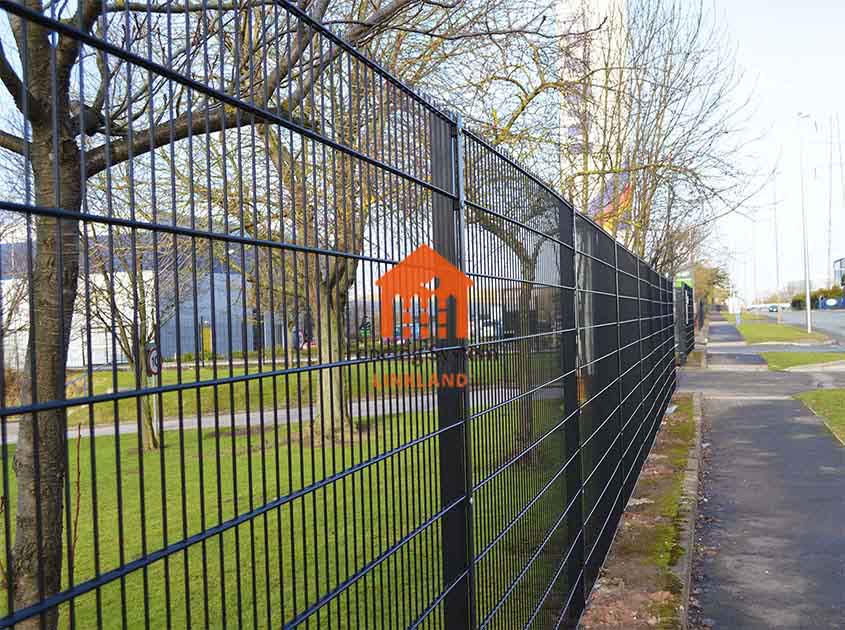Behavioral restrictions and control: Fence for prison serves as a physical barrier to restrict and control prisoners' freedom of movement. Prisoners cannot freely cross the fence, which limits their movement inside and outside the prison. Such behavioral restrictions and controls are critical to maintaining security and order, reducing the possibility of prisoner escape and preventing unauthorized persons from entering prison areas.

Psychological deterrence and warning effect: Fence for prison has obvious psychological deterrence and warning effect. The visuals of high walls and barbed wire send strong signals to prisoners, reminding them that they are in a supervised and restricted environment. This psychological deterrent and warning effect can effectively reduce the likelihood of prisoners initiating violent acts, escaping, or other violations, while increasing compliance with rules and discipline.
Social interaction and behavior management: Fence for prison settings can help manage inmates’ social interactions and behavior. Fences can pide different areas, such as activity venues, canteens and accommodation areas, so that prisoners' daily activities can be effectively managed and organized. Through the access control system and monitoring facilities on the fence, the access and behavior of prisoners can be monitored, helping to maintain order and prevent illegal transactions, violent conflicts and other problems.
Cultivate a sense of responsibility and opportunities for rehabilitation: Fence for prison serves as a boundary between prisoners and the outside world, providing a relatively closed environment for prisoners to undergo rehabilitation and reconstruction. Fence-fenced prison facilities can provide opportunities for education, work, and rehabilitation to help inmates develop a sense of responsibility, learn new skills, and improve themselves. The existence of Fence for Prison can prompt prisoners to realize the consequences of their actions and provide them with opportunities to actively participate in rehabilitation so as to better integrate into society after release.
Through the above four aspects, Fence for prison has an important impact on the behavior of prisoners. It restricts and controls prisoners' movements, has a psychological deterrent and warning effect, and helps manage prisoners' social interactions and behaviors while providing prisoners with opportunities for rehabilitation and reconstruction. This makes Fence for prison an indispensable tool in prison management, helping to maintain security and order and increasing the possibilities for prisoners' rehabilitation and reintegration into society.
Pre:Fence for prison Maintenance: Preventive Strategies for Durability and Functionality
Next:Fence for prison Height and Configuration: Factors Influencing Effectiveness